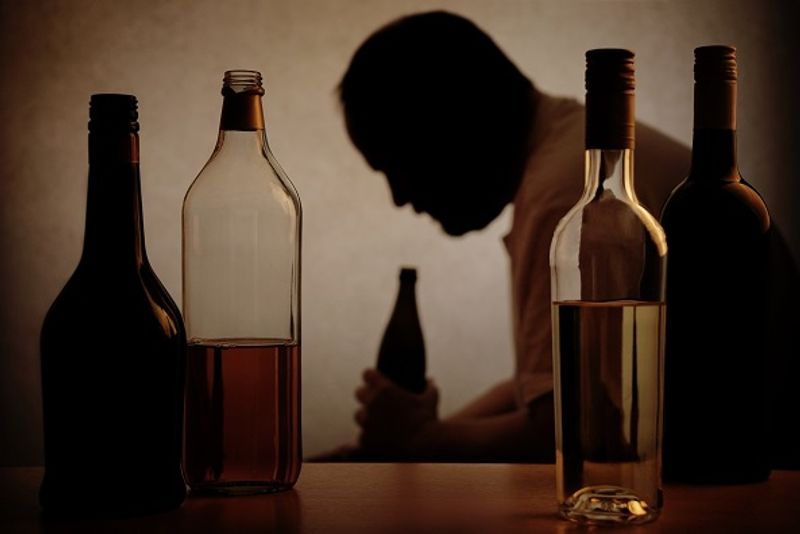Adverse experiences in childhood contribute to risky drinking among children of alcoholics
Adverse childhood experiences, such as having a depressive episode or suffering physical abuse, were likely to contribute to risky drinking among children of alcoholics, researchers wrote in BMC Psychiatry.
“The offspring of those with alcoholism were at risk of experiencing the negative effects of parental alcohol dependence. Compared with the children of those without alcoholism, these children had a higher vulnerability to developing ‘risky drinking’ and other negative social and mental outcomes, including mood problems, suicide, school dropout, marital discord, and work and social relationship problems,” Guangqiang Sun, of the National Clinical Research Center for Mental Disorders at Beijing Anding Hospital in China, and colleagues wrote.

Sun and colleagues defined “risky drinking” as consuming five or more alcoholic drinks on a single occasion at least once monthly. The experts sought to determine whether adverse childhood experiences of children of alcoholics would contribute to risky drinking in their lives.
The researchers conducted a case-control study using the Alcohol Use Disorder Identification Test and divided participants into two groups: a risky drinking group (n = 53) and a non-risky drinking group (n = 97).
Participants were assessed using demographic data, the Adverse Childhood Experiences-International Questionnaire, the Hamilton Anxiety Rating Scale, the Hamilton Depression Rating Scale and the Mini-International Neuropsychiatric Interview.
Of the 150 participants (mean age, 29.7 years; 74.5% female), there was a difference in attitude to self-drinking between the two cohorts. The risky drinking group was more likely to have experienced a major depressive episode (37.7% vs. 21.6%), nonalcohol psychoactive substance use disorder (18.9% vs. 4.1%), bulimia nervosa (20.8% vs. 6.2%), as well as having an experience of physical abuse (75.5% vs. 54.6%), compared with the non-risky drinking group.
“Raising awareness of the association between alcoholism and [adverse childhood events] has significant implications not only in China but in other Asian cultures,” Sun and colleagues wrote. “It is essential for the prevention of the intergenerational ‘transmission’ of a propensity to pursue ‘risky drinking’ and alcoholism.”
